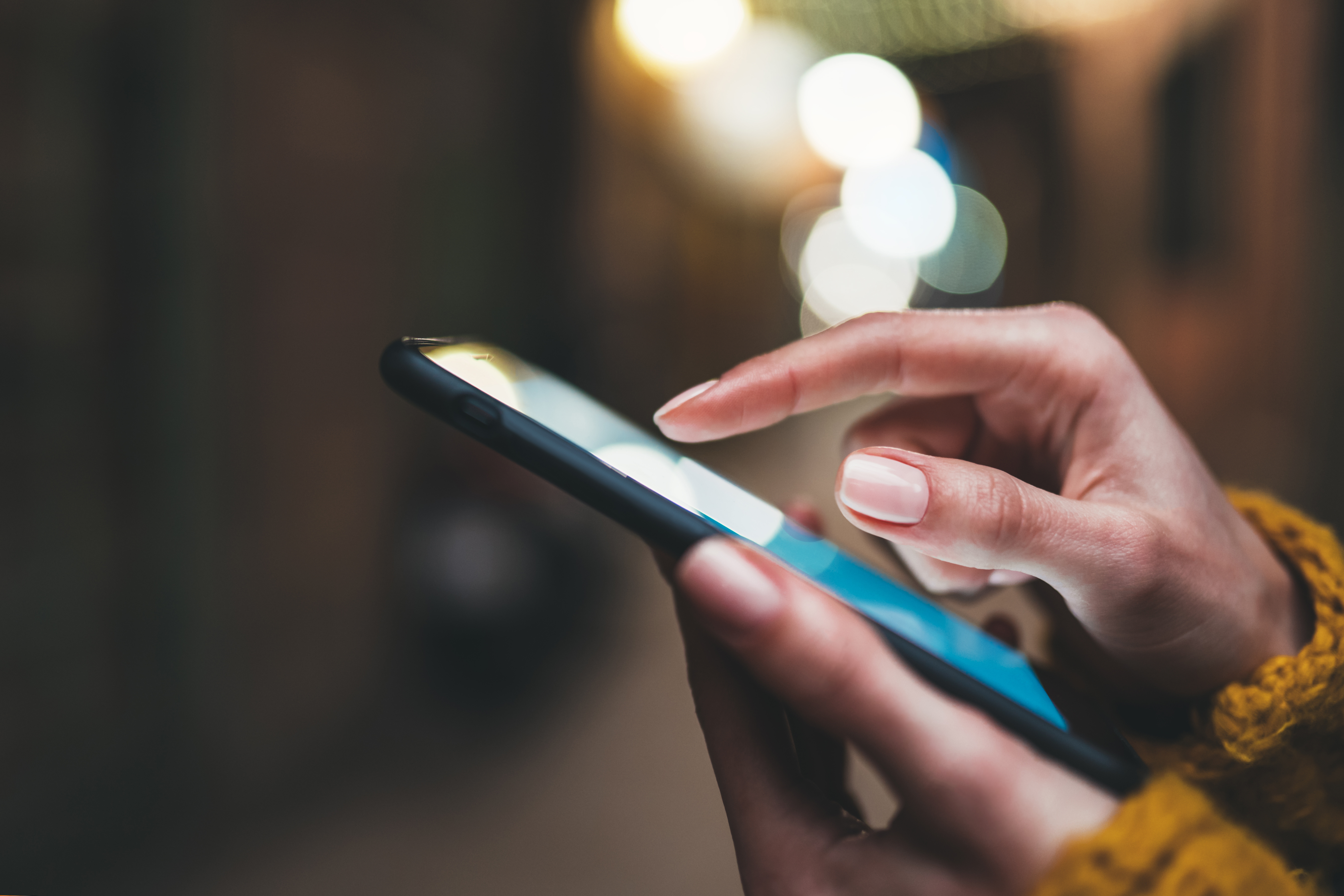
Every lawn and landscape company wants to grow their revenue. There are many ways to do this by acquiring new customers, but many fail to effectively maximize the lifetime value of their current customer base. Upselling is low-hanging fruit, as it’s easy to execute, there are no customer acquisition costs, and you’re typically upselling higher-margin services. That’s a win-win-win!
With today’s technology, upselling is easier and more effective than ever before. The top things to consider include the delivery method, segmentation, message, frequency, and response. Let’s dive into these items.
1. Delivery Method
How do you get in touch with your customers to upsell them additional services? The obvious answer is via email blasts, which still work. However, the most effective method is to pair SMS, or text messaging, with your email blasts. Think about how many unread emails you have in your inbox compared to the number of unread text messages on your phone. The open rate for SMS is nearly 100%, ensuring your customers are reading your messages. Just like email marketing, there are tools and systems available to handle SMS blasts the same way.


2. Segmentation
Most companies that do put efforts into upselling typically don’t take the time to segment the audience. In the simplest terms, you want to upsell services to the group of customers that are most likely to buy. For example, upselling fertilization and weed control to your mowing customers or selling mosquito control to your fertilization and weed control customers. Properly segmenting your audience enables you to personalize your messaging, which we’ll discuss next.
3. Message
How you word your email or SMS messages is a critical piece to successful upselling. It is recommended to utilize a plain-text approach when it comes to emails. Creating the graphical emails that large companies are known for have been proven to reduce the engagement rates. When constructing the messages, write them to feel like someone took the time to review their account and reach out regarding the service.
Create as much of a personal touch as you possibly can, which is much easier with a segmented audience. For example, you can construct a message that lets Mrs. Jones know you were reviewing her account and saw she had X service and it is recommended to pair it with Y service. The better you do this, the more likely you’ll get a response, as the customer feels obligated to reply due to the personal touch.
4. Frequency
How often you send your upsell messages can make the difference between someone feeling like there could be something important versus shrugging it off as just another message blast. Don’t be that guy (or girl) that sends so often that your customers become numb and ignore your messages. The recommended frequency is to send your upsell campaigns once per month. We have tested this across millions of messages and once per month seems to be the sweet spot.
5. Response
Technology has really improved the response side of upselling. When it comes to email messages, use links the customer can simply click to request a quote that automatically fires off a notification to you. For SMS messages, allow them to reply with “YES”, which can automate your notification. There is no need to do actual communication with human labor. Once you have received the automated notice the customer has requested the quote, simply send it through your software system (unless, of course, it is a service that requires a site visit - even then, you can automate the scheduling).
Start Upselling Like a Boss
This article highlights some of the most important parts of upselling effectively. This is something that you could do yourself, but should you? As the owner of Lawnline Marketing, my recommendation is to reach out to a marketing agency to implement and execute this for you. Not simply because I own a marketing agency, but because marketing agencies have the tools, processes, and strategies already in place to make upselling effective for you. Like many of the jobs you delegate to run your company, you should be asking “who,” not “how,” when it comes to upselling, allowing you to keep your focus on scaling the operational side.
Have questions or want to know more about upselling? You can connect with Tony on LinkedIn.





